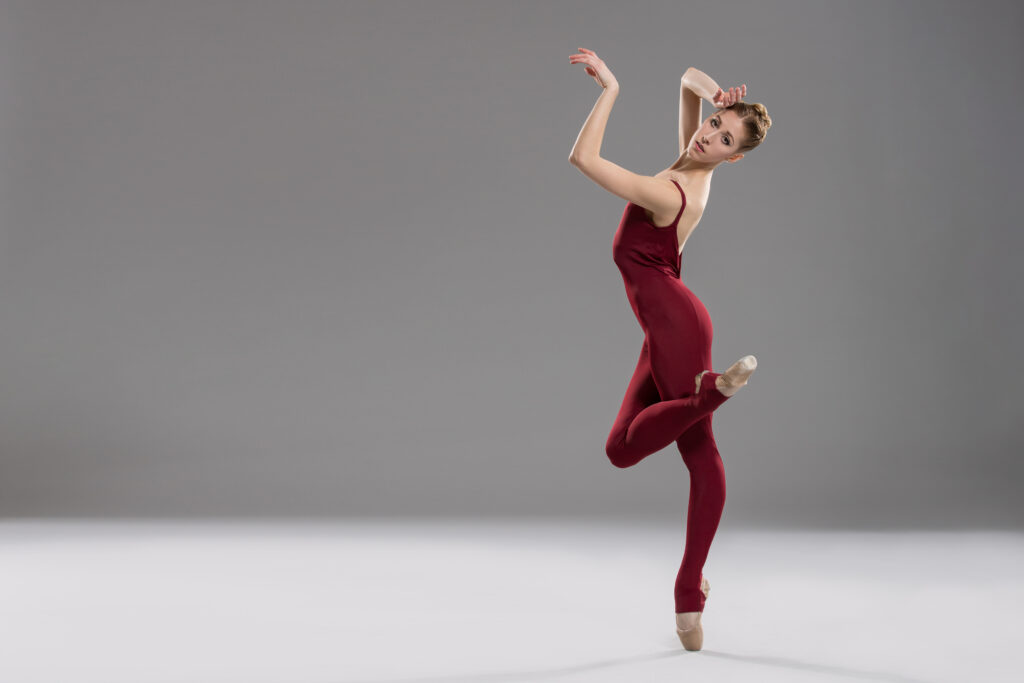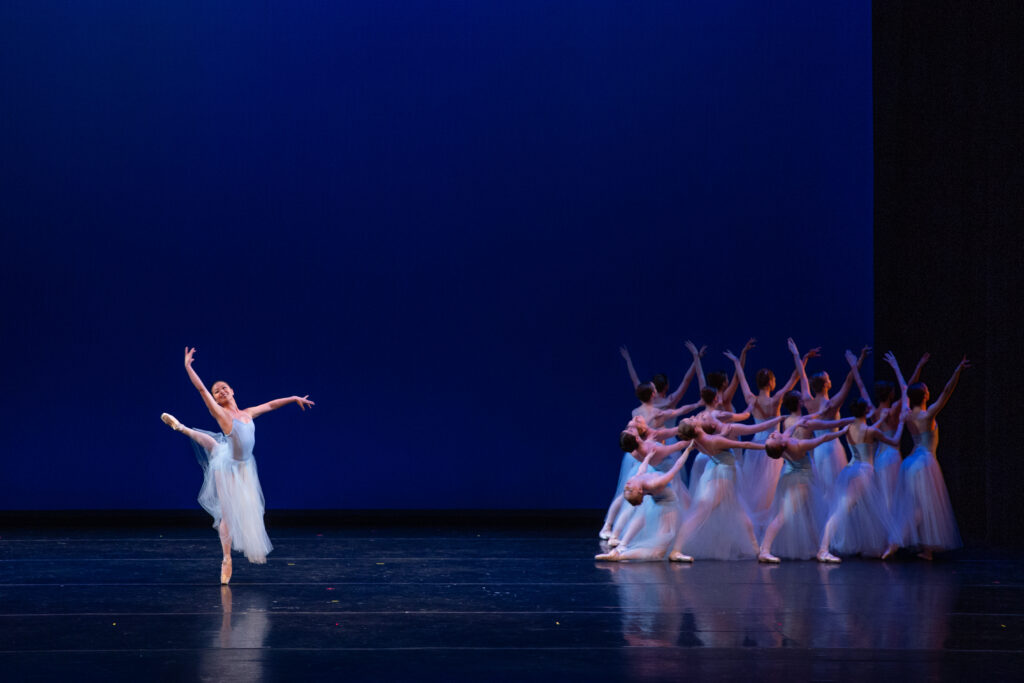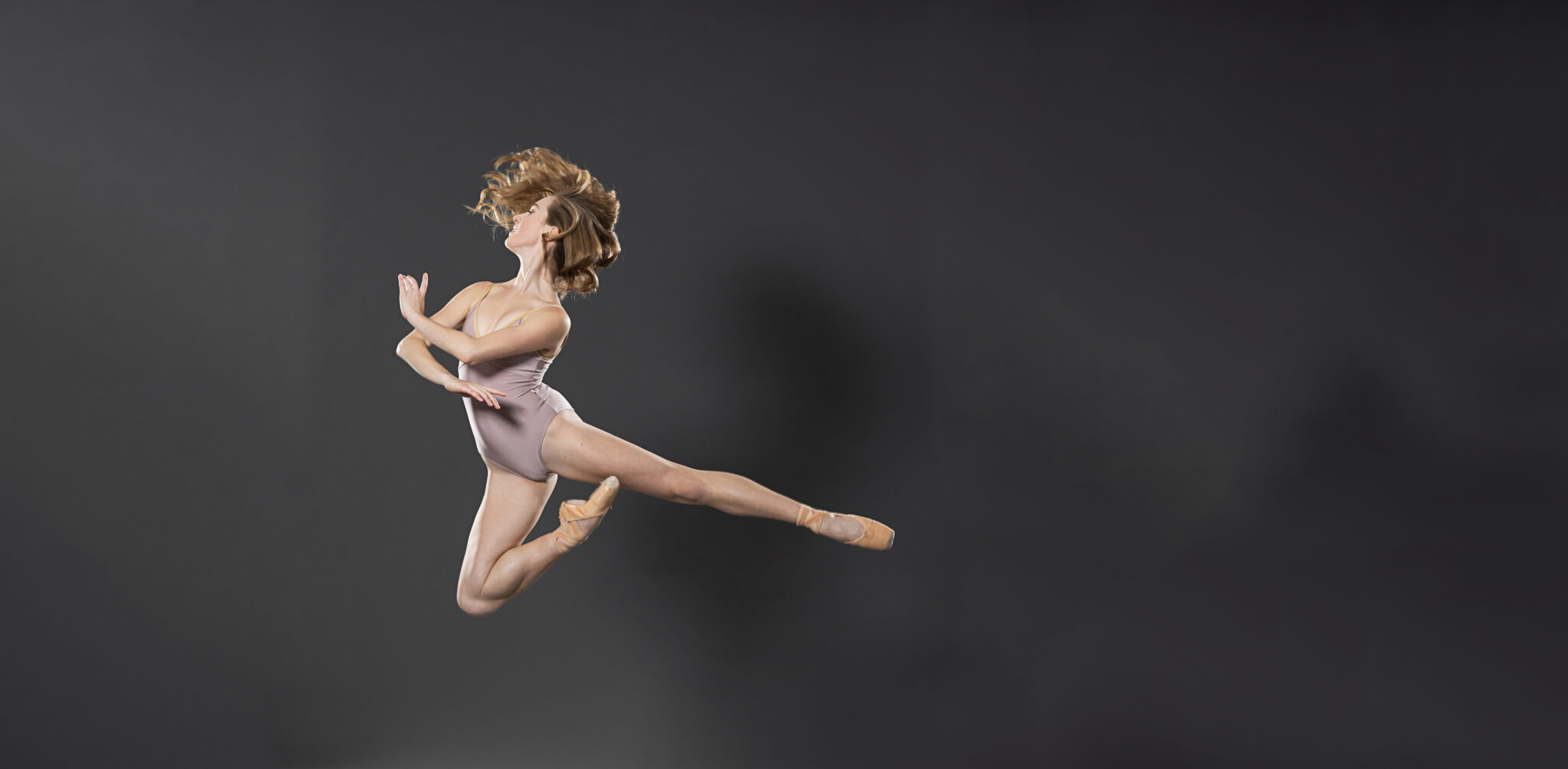Your dance portfolio can make or break your future with a dance company. That’s why a well-branded and professional dance portfolio is so crucial to success in this business. Artistic staff will often make a decision about whether they want to see you in class within seconds of looking at your material. So if your portfolio doesn’t have everything they’re looking for, it’s going into the rejection pile. But don’t worry, because we aren’t going to let that happen.

Here’s the first thing to remember: you have the qualities that companies want. It’s just a matter of confidently framing those qualities in a marketable way. That said, turning in your portfolio and worrying that no one will notice your pristine technique and the subtleties of your performance can be a bit frustrating. That’s why I’ve put together these 6 steps to increase your chances of being invited to company class!
Once you have your foot in the door, all that training and artistic understanding is going to carry you through.
How to Develop Your Professional Dance Portfolio
Step 1: Make Things Easy On the Artistic Staff
Are your photos and videos properly exposed? Or will staff have to squint to see if your foot is sickled? You’re asking for the time and consideration of a committee by submitting your dance portfolio. Do not add any extra work to that request.
All media should be in focus and clear. Understand that less experienced photographers/videographers will have an uphill battle when it comes to dance because of the low light environment of many stage performances — not to mention the difficulty of capturing movement artfully. Your well-meaning and supportive friend’s iPhone video is simply not going to cut it here. Investing in a professional dance photographer and videographer is an investment in your future as a professional dancer.
Step 2: Own the Spotlight
Are you in the upstage right fourth row of the corps? There should be no question of which dancer is you. If you don’t have front-and-center material where you stand out, this is an opportunity to work with someone to create your vision for how you would like to present yourself.
Pro Tip: Talk to your studio owner, program director, or artistic director about having a photographer/videographer document you for your portfolio during dress rehearsals. You can never count on someone to capture YOUR best moments unless they’re dedicated to that specific task. Oftentimes, open communication with leadership about what you need and why will get you the approval you want.

Step 3: Feature What Sets You Apart
Do you have a rockin’ petit allegro or a powerful grand allegro? Are you a soulful performer? These are elements of who you are and who you will be as a professional dancer. They should absolutely be at the forefront of your presentation as much as possible. It’s important to feature what you’re great at, but also those elements of your work that make you unique.
Ultimately, the artistic director of your dream company is looking to bring in a dancer with exceptional skill in three areas: technique, athleticism, and artistry. Your soulfulness, technical skill, and unique style all play into this. The goal then, is to stand out above the rest of the group in each of these ways.
Step 4: Be Consistent
Your resume, cover letter, photos, & videos should all look and feel like they came from the same person. You can achieve this by keeping some basic branding & design principles in mind.
Voice
Are you quirky, vibrant, and charismatic? Maybe you’re dedicated, passionate, and driven. What defines you and your work? Take some time to sit down and brainstorm. As you begin putting your portfolio together, make sure that every part reflects that brand voice.
Color Scheme
Building a color scheme specific to your portfolio is another great way to elevate its quality and memorability. From the accent colors on your resume to the color leotard you wear in your class videos, all of this should play into your branded color scheme. Want some help with nailing down that color scheme? Check out Coolors.
Style
Style comes across in the font choices you make, any graphic elements you include, your leotard cut/design, and the way you wear your hair. Are you Romantic? Traditional? Contemporary? You can convey these messages by properly styling your portfolio.
Step 5: Know Your Audience
One surefire way to get your portfolio rejected is by not including everything a company asks for. At this stage, it doesn’t matter how great of a dancer you are. If you don’t follow the rules to be seen, they’ll never know.
Typical photo requests include a headshot and first arabesque photo. Video requests can be specific enough to include en dehors and en dedans pirouettes in your center pirouette exercises. Be attentive to their requests and make sure you include all of these materials. I find making a checklist can be really helpful.
Step 6: Research Company Dancers
Research the company you’re auditioning for. Pay attention to the dancers they currently employ and the ones they’ve hired in the past. What qualities do these dancers have? What about them stands out? This is the easiest way to see what the artistic staff of a dance company is looking for.
After you have a sense of the company vision, do a self-assessment. Do you have any of those qualities? You very likely do, and you can give yourself the best chance at being noticed by highlighting those qualities in your materials too. Don’t force something that isn’t your strength, but if you can do it with grace, catering to the vision of the directors can pay off. This might mean creating different portfolios for each company you audition for.
Still Have Questions About How to Make a Dance Portfolio?
Please feel free to reach out. You’ve put in the work to become a professional dancer. You have the ability, the art, and the drive. Your professional dance portfolio is one of the final and most important steps on the journey to beginning your career — be sure to give it the time and attention it deserves. Follow these steps to represent yourself in the best possible light and you’ll go far. If you have any questions or would like to schedule a session to get amazing material for your dance portfolio, feel free to reach out!
Featured Image Dancer: Sophie Williams


